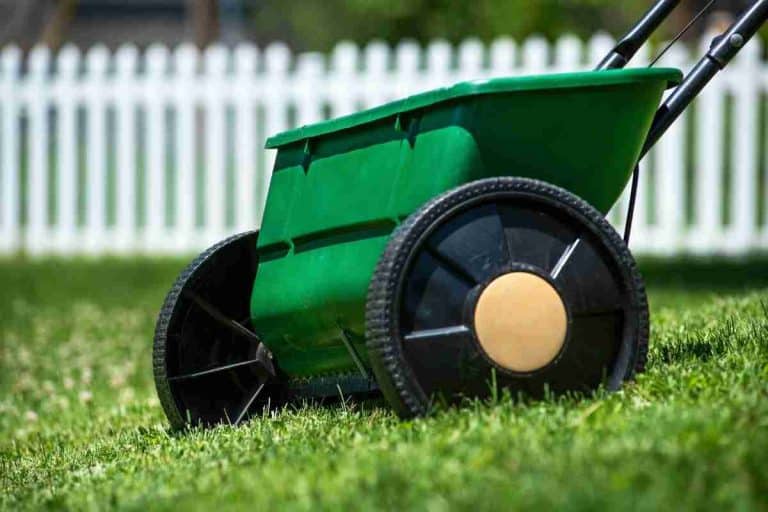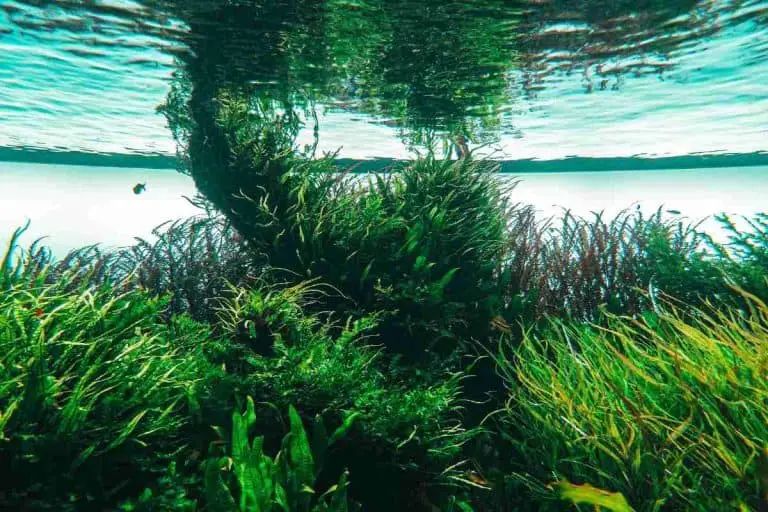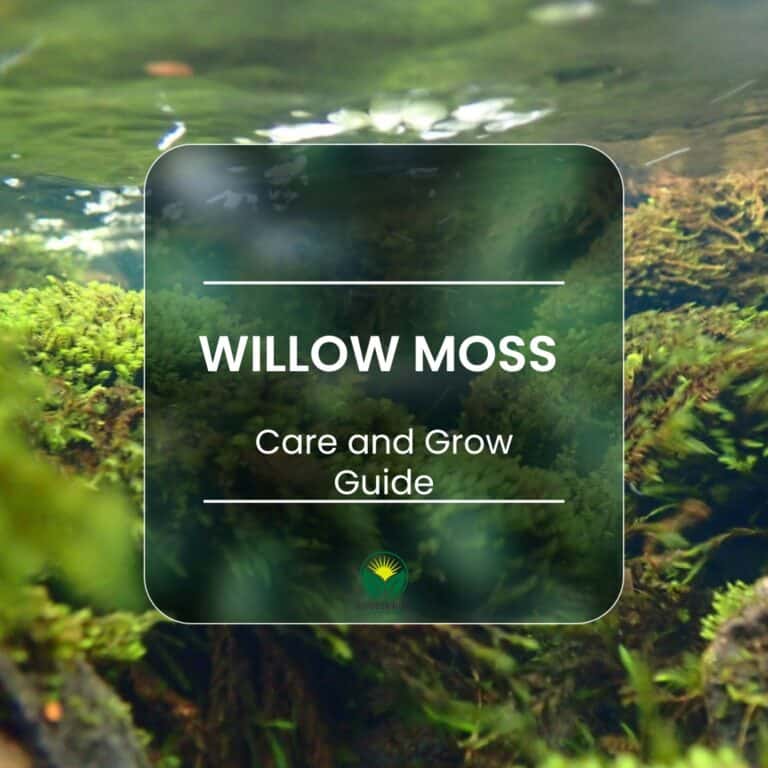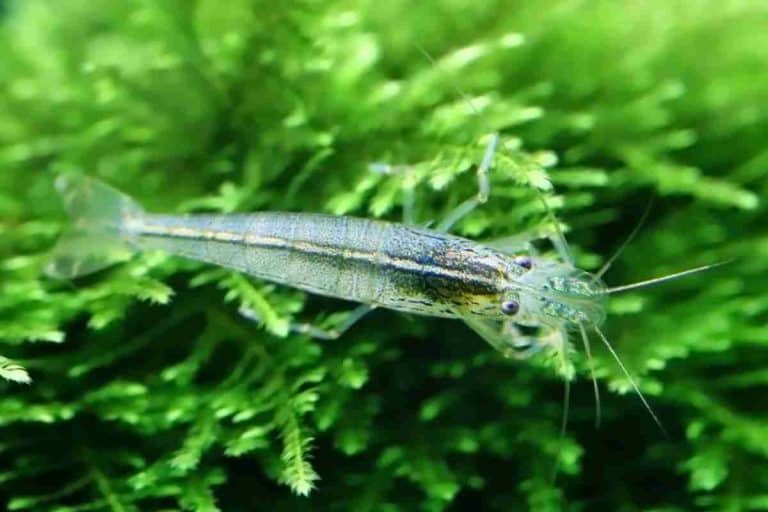Best Homemade method to Kill moss on tarmac driveway
Even if you love moss as I do, you probably don’t want to see it in your beautiful Tarmac driveway. The moss generated by a feeling of neglect and humidity is not only an aesthetic factor but removing it is also a safety factor. The moss will make your asphalt driveway slippery, and you could face bad falls or skids.
However, there are several ways to kill moss on the tarmac, using simple household ingredients.
Some will work better than others but this will depend on how well established the moss is.
If it’s just a thin layer, then a weaker solution should do the job, but, if it’s slightly thicker then more extreme measures may be needed!
Our favorite solution is using white vinegar to kill moss. You can directly skip to the dedicated section or read the best homemade moss killers you can use to get rid of moss on your tarmac surfaces.
What kills moss on tarmac
The best way to remove moss on Tarmac driveway is the Sun, but if you have moss, it means that the sun is unable to perform its action, and therefore we will have to resort to products that can “burn” the moss making it die and dry.
First, Prepare Your Tarmac Driveway
When preparing to use your homemade moss killer on your tarmac driveway, there are several things that you need to keep in mind.
- The Surface Is Completely Dry
- Test Moss Killer In A Small Area
- Assess Its Effects And Make Adjustments
- Remove Any Debris Or Loose Moss
- Protect Any Nearby Plants
First, you should make sure that the surface is completely dry before applying the treatment. Doing this, will help ensure even coverage and better results.
Additionally, you should test the product on a small section of your driveway in order to assess its effects and make any necessary adjustments or additions.
Next, you should remove any debris or loose moss from the surface of your driveway. This will make it easier for the treatment to penetrate the moss and achieve better results.
Finally, you should find a way to protect any nearby plants or grassy areas as some of these products can be harmful or even kill the vegetation.
So, now that you have prepared your tarmac driveway, you are ready to begin applying the moss killer of your choice!
7 Homemade Moss Killers For Tarmac Driveways
1. Bleach
At first glance, bleach may not seem like the ideal solution for removing moss from tarmac. After all, this harsh chemical can be damaging to plants, grass, and other surfaces, not to mention it can cause irritation to the skin when using it.
However, when used carefully and in small amounts, bleach can be a highly effective tool for cleaning away unwanted moss and preventing its return. The key to using bleach effectively is to use it at the right concentration.
Since any dilute form of bleach (such as a mixture of bleach and water) may not be strong enough to kill off stubborn moss spores, you should use straight bleach or a solution that contains about 85% bleach.
This concentrated form allows you to get deep into the pores of the tarmac and combat the growth of moss at the source. Another advantage of using bleach for removing moss is that this inexpensive cleaning product works quickly.
Once the bleaching solution has been applied, you will see visible results after just 30 minutes. Of course, repeated applications may be required if new spots of mold continue to appear on your driveway or walkway.
However, by using a regular maintenance application routine, you can keep your tarmac looking clean and moss-free all year long!
| Advantages | Disadvantages |
|---|---|
| Inexpensive | Can be harmful to plants and grass |
| Works quickly | May cause irritation to the skin |
How To Apply:
- Dilute straight bleach with water at a ratio of about 15 to 100
- Apply to the tarmac surface with a garden sprayer
- Allow the solution to sit for 30 minutes until the moss is brown
- Use a metal brush to scrap the dead moss away
- Rinse with a water hose or pressure washer
- Repeat application if needed
You May Also Like To Read:
2. Ammonia
It is among the most often produced industrial compounds in the United States, with ammonia (NH3) being the most frequent. Ammonia is used to eradicate moss in the same way that bleach would be used in the same circumstance.
Ammonia is corrosive to metals and other organic materials due to its alkaline properties.
Approximately 80% of the ammonia produced by the agricultural industry is used as fertilizer. However, it is also used to manufacture other items, such as pesticides. It is also present in several home cleaning products.
Because ammonia is a gas in its natural state, you would use a product containing ammonia rather than pure ammonia for moss killing.
Important: Be sure to take any necessary safety precautions when using this chemical including wearing gloves and a face mask as ammonia fumes can be harmful if inhaled.
| Advantages | Disadvantages |
|---|---|
| Evaporates quickly | Can be harmful to the skin or eyes |
| Very corrosive | Fumes can be harmful if inhaled |
How To Use:
- Using a bucket mix ammonia and water with two-thirds ammonia, one-third water
- Stir then transfer the solution into a garden spray
- Then spray directly on top of the tarmac and mossy areas
- Allow the solution to sit for 30 minutes
- Scrap all the dead moss away
- Wash with soapy water then rinse using a pressure washer
3. Vinegar
Vinegar is another type of homemade Moss Killers you can use on tarmac surfaces. You can eradicate any algae and moss growth on your driveway by spraying a generous quantity of vinegar solution over the affected area.
The vinegar acts as a cleaning, dissolving all moss and algae, however, make sure you clean with soupy water afterward to remove any residual vinegar solution.
There are two types of vinegar you can use on the tarmac one is cleaning vinegar and the other is white vinegar. If you have a lot of moss on your tarmac we do recommend you use cleaning vinegar.
This is because white vinegar has a 5% acidity, whereas cleaning vinegar has a 6% acidity. The change in acidity might be as little as 1% but, cleaning vinegar is 20% stronger than white vinegar meaning it can handle thicker types of moss.
Take Note: that while vinegar is effective at killing moss on tarmac, it will not prevent new growth from occurring. As such, you may need to reapply this solution on a regular basis in order to keep your tarmac free of moss.
| Advantages | Disadvantages |
|---|---|
| Kills moss quickly | Does not permanently remove the moss |
| Inexpensive | Can Stain If Left on for too long |
How To Use:
- Pour the cleaning vinegar into a garden sprayer
- Spray directly onto the mossy areas
- Leave for 15 to 20 minutes
- Scrap away the dead moss
- Rinse the tarmac with soupy water
- Finish with a pressure washer
You May Also Like To Read:
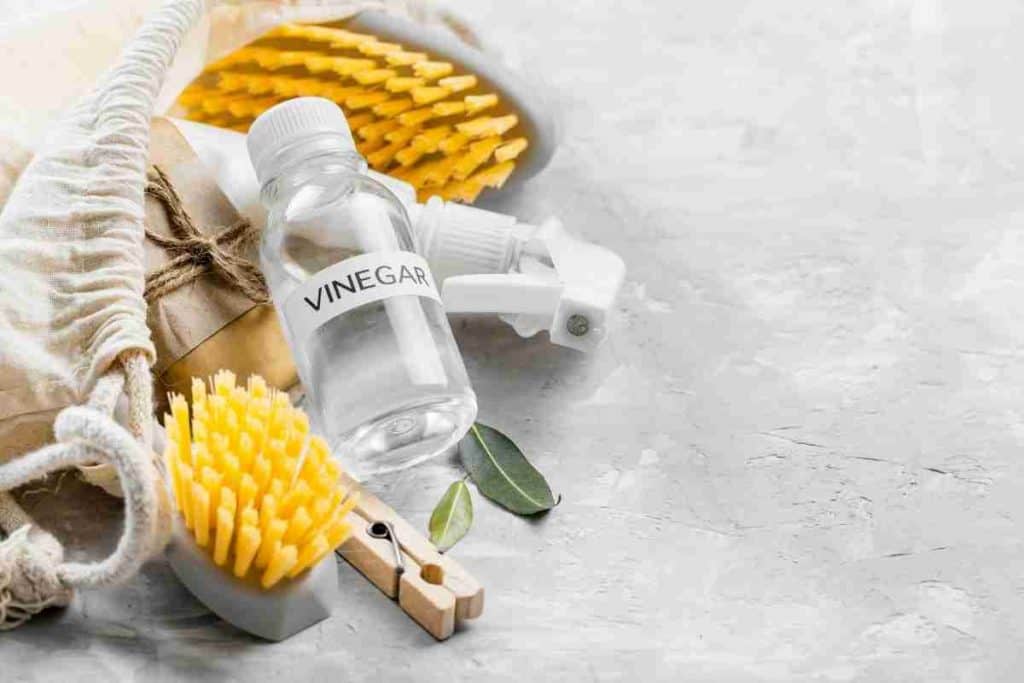
4. Potassium Salt
Potassium salt is another type of homemade moss killer that can be used to remove moss from tarmac. It’s a natural, water-based, and biodegradable fatty acid that kills undesirable mosses.
The type of salt is available at most garden centers in liquid form for removing things like moss. With this type of solution, there is no need to add water just apply it directly to the tarmac surface and wait for the moss to die off.
| Advantages | Disadvantages |
|---|---|
| Effective at killing moss | May cause irritation to eyes and skin |
| Environmentally friendly | Shouldn’t be applied in wet conditions |
How To Use:
- Add the solution to a garden sprayer
- Cover the effective area with the salt
- Leave for 30 minutes to do its work
- using a metal brush scrap away the dead moss
- Finish by rinsing the water
- Repeat application if needed
5. Baking Soda
Baking soda is a common household product that can be used to kill moss on tarmac. This inexpensive ingredient is often used for baking or cleaning but it can also be effective at getting rid of moss.
Baking soda is a good choice for removing moss from tarmac for a number of reasons. For one, it is a gentle and effective cleaning agent. Additionally, baking soda is also relatively inexpensive and easy to find.
It can also be used in various ways, but the most effective and simple option is to scatter the soda over the moist areas where moss growth is noticeable or the places where the driveway appears a little green.
| Advantages | Disadvantages |
|---|---|
| Won’t kill any nearby plants | It is less potent than bleach |
| Safe to use around others | Requires a lot of baking soda |
How To Use:
- Shake the baking soda on the mossy areas
- Allow the solution to sit for 30 minutes
- Remove the dead moss
- Rinse with soapy water
- Finish with a pressure washer
6. Hydrogen Peroxide
Hydrogen peroxide is another effective homemade moss killer on your tarmac. It works by breaking down the cell walls of the moss, causing it to die. It also helps to loosen the moss from the surface of the tarmac, making it easier to remove later on.
In addition, hydrogen peroxide is a natural disinfectant, so it will also help to prevent the growth from growing back. To use hydrogen peroxide simply apply it directly to the affected area using a spray bottle or a sponge.
Then, leave it for several hours before scrubbing away the dead moss with a brush. You may need to repeat this process several times to completely remove all of the moss.
| Advantages | Disadvantages |
|---|---|
| Works quickly | Not as widely available |
| Prevents moss from growing back | Will harm nearby vegetation |
How To Use:
- Fill a spray bottle halfway with hydrogen peroxide
- Spraying all of the locations where moss is currently growing
- Wait for 20 minutes until the moss turns brown
- Remove all the dead moss
- Use a pressure washer or hose
- Repeat if required
7. Dishwasher Detergent
When it comes to homemade moss killers to use on tarmac dishwasher detergent is an ideal choice. The detergent’s high alkalinity helps to kill moss, and its surfactant properties help to loosen and remove the moss from the tarmac surface.
To use dishwasher detergent simply mix in a garden hand sprayer 4 ounces of dish soap and 2 gallons of water and apply it to the affected area. Allow the solution to sit for 30 minutes before scrubbing the tarmac with a metal brush.
| Advantages | Disadvantages |
|---|---|
| Won’t harm the surrounding vegetation | Not as strong as other methods |
| Safe to use around pets | Can take up to 24 hours |
How To Use:
- Mix 4 ounces of dish soap and 2 gallons of water
- Add the solution to a spray bottle
- Apply it directly on top of the moss
- Wait 24 hours until the moss is brown
- Collect up all the dead moss
- Finish using a pressure washer
8. Use Copper Sulphate to kill moss on Tarmac
Copper Sulphate is certainly not the typical product found in homes, but all those who cultivate even a small patch of tomatoes know it well.
So if you have Copper Sulphate available, know that you can use it to kill the moss on the Tarmac.
| Advantages | Disadvantages |
|---|---|
| Inexpensive, as the product is concentrated and a small amount is enough. | Not as strong as other methods |
| It does not damage the surrounding vegetation. | Chemical Product |
How to use:
- Dilute 5gms of Copper Sulphate in 10 liters of water and spray the solution on the moss you wish to remove.
- You will have to wait about 6 to 8 hours to see the moss die.
- Collect up all the dead moss
- Finish using a pressure washer
9. killing moss on tarmac with jeyes fluid
If you are in the UK, you will surely know the Jeyes product, which has been used to disinfest outdoor areas for over 125 years.
So if you are a fan of Jeyes, you should know that you can also use it to kill the moss on your tarmac driveway.
How to use:
- Dilute one part of the product in 12 of water.
- Use a spray bottle to cover the affected area
- Wait at least an hour
- Remove the moss with a sponge.
| Advantages | Disadvantages |
|---|---|
| Just a little time | Highly toxic product |
| Reliable | Higher cost than other solutions |
How To Prevent Moss Growing Back On Tarmac?
Once you have removed the moss from your tarmac, the last thing you need is to see it growing back a month later. So you will need to take steps to prevent it from coming back.
- Tarmac receives plenty of sunlight
- Keep the tarmac clean and free of debris
- Apply a sealant to protect the tarmac surface
You should also make sure that the tarmac is well-ventilated and receives plenty of sunlight. These conditions will make it difficult for moss to grow back on your tarmac.
Additionally, you can apply a sealant or coating to the tarmac surface. This will create a barrier that will prevent moss from taking root in the first place.
There are a number of commercially available products that can be used for this purpose.
Applying a sealant or coating to your tarmac is an important step in preventing moss from growing back.
However, it is important to note that this will not kill existing moss. If you have a serious problem with moss, you may need to remove it before applying a sealant or coating.
There are a number of different products available for preventing moss growth on tarmac. Some of these products are designed to be applied after the fact, while others should be applied before the moss has a chance to take hold.
Either way, using a product like this will help to keep your tarmac looking its best and prevent Moss from growing back.
Final Thoughts
So there are 7 homemade moss killers you can use on tarmac, and although moss can be a difficult problem to deal with, with some time and effort, it is possible to remove it.
However, once you have removed the moss, don’t forget to take steps to prevent it from coming back. If you like this article and want to know more about moss feel free to check out some more of our related posts on this website!

